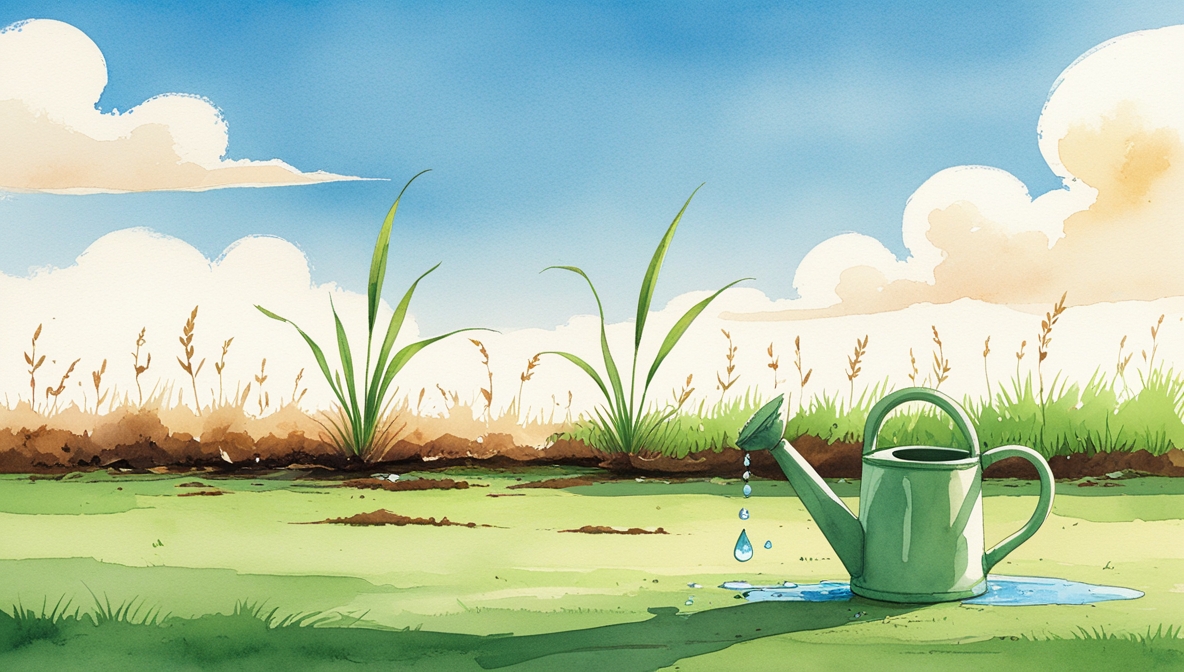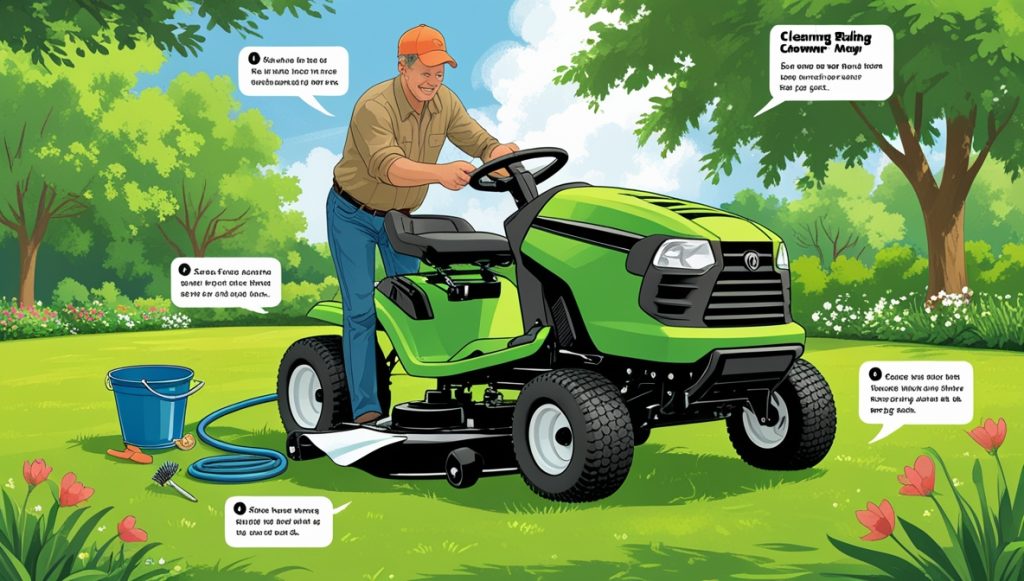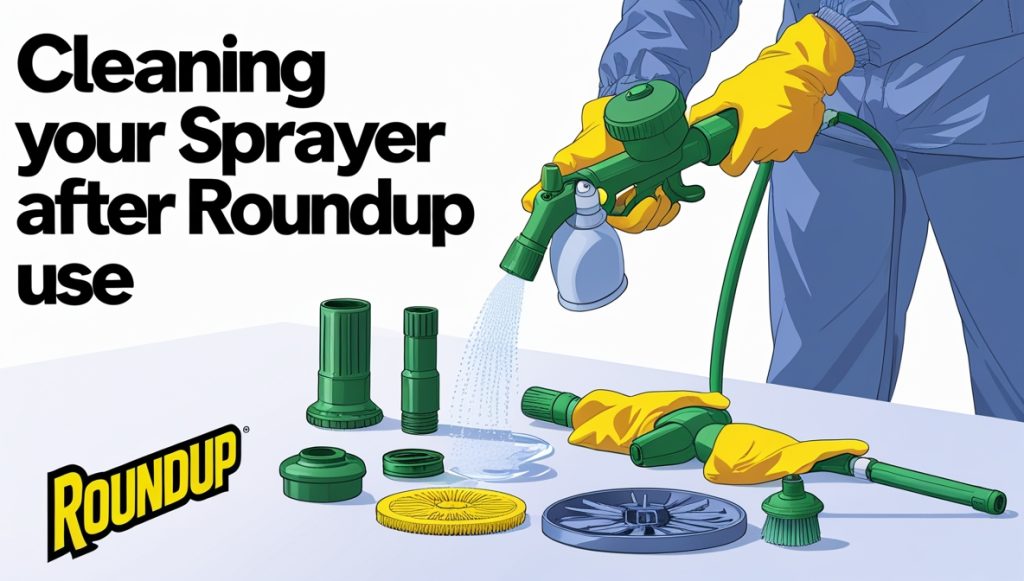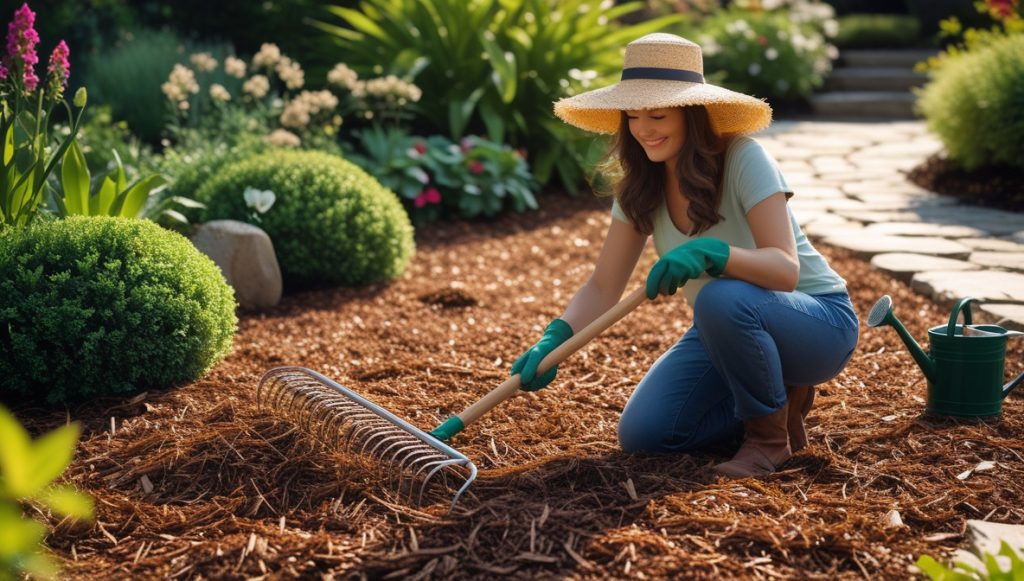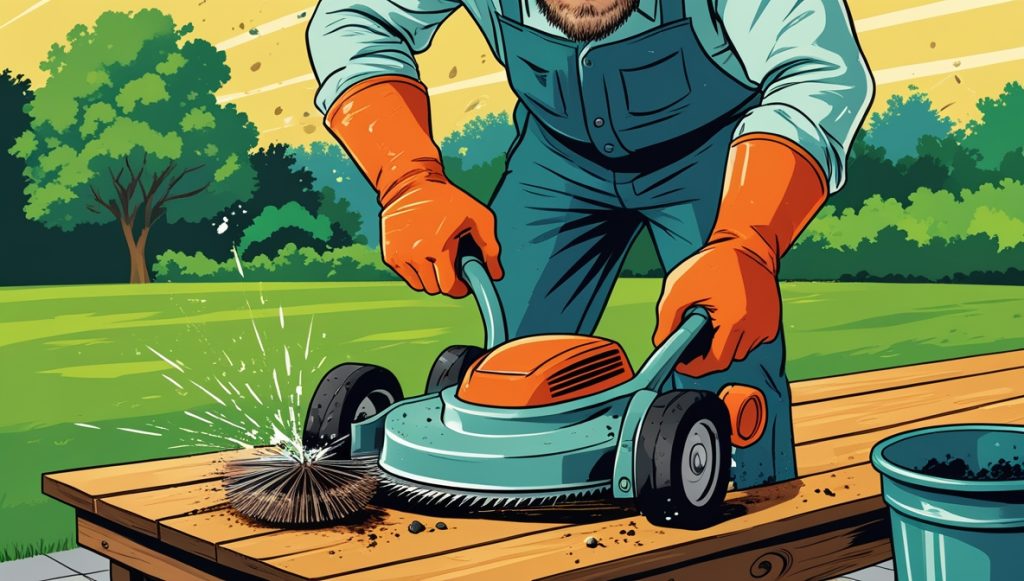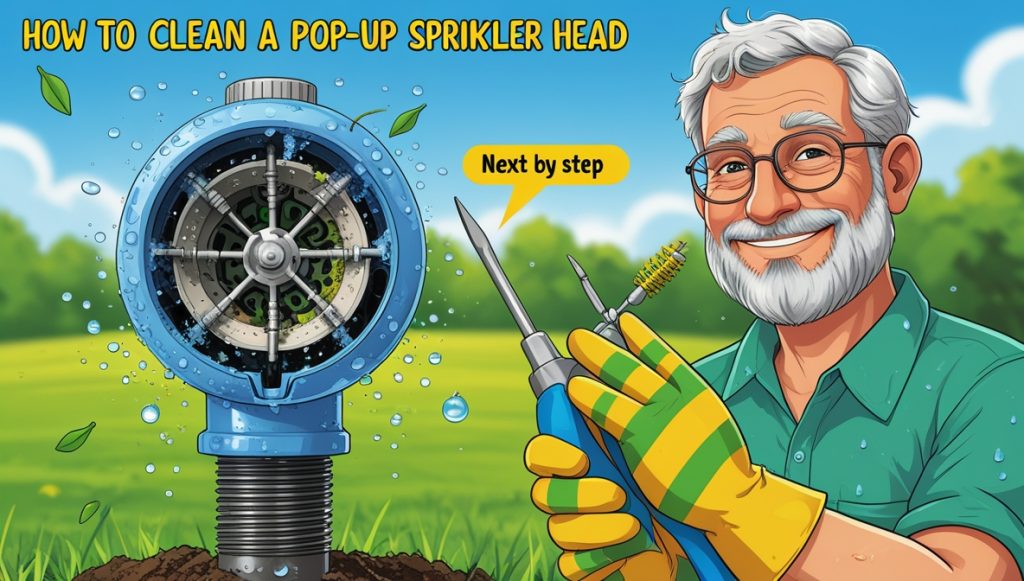So, you’ve accidentally scorched your lawn? Don’t panic! While a burnt lawn looks pretty grim, it’s often possible to bring it back to life with a little TLC. This guide walks you through the steps to revive your scorched grass, from assessing the damage to preventing future burns. Let’s get your lawn looking lush and green again!
Contents
- Assessing the Damage: How Bad Is It?
- Raking Away the Ashes: First Steps
- Watering Deeply: Rehydrating the Soil
- Aeration: Letting Your Lawn Breathe
- Testing Your Soil’s pH: The Key Factor
- Fertilizing: Food for Your Grass
- Overseeding: Planting New Grass Seeds
- Weed Control: Keeping Things Clean
- Patience is Key: Allow Time to Heal
Assessing the Damage: How Bad Is It?
First things first: take a good look at your lawn. How much of it is affected? Is the grass simply brown and crispy, or is it completely blackened and dead? Lightly tug on a few blades – if they pull away easily, the damage is more severe. A small, localized burn will recover much faster than a large, intensely scorched area. Take photos to document the extent of the damage; this will help you track progress. Knowing the severity helps you determine the best course of action and manage your expectations. Don’t be discouraged by initial appearances; even severely damaged lawns can often be revitalized.
If the damage is minimal, you might only need a good watering and some fertilizer. However, extensive damage may require more intensive measures like aeration, overseeding, and soil testing. Consider the cause of the burn – was it a chemical spill, a fire, or excessive fertilizer? Understanding the cause can help you avoid similar incidents in the future. Remember, accurate assessment is the foundation for effective lawn recovery.
Take note of any other visible damage, such as damage to the underlying soil structure. Are there large patches of bare earth? This indicates a more serious problem requiring more extensive repair. This initial assessment is crucial in guiding your recovery strategy and determining the time and resources you’ll need to invest. Don’t hesitate to seek professional advice if you’re unsure about the extent of the damage or the best course of action.
Raking Away the Ashes: First Steps
Before you start any serious repairs, clear away any debris. This includes dead grass, ashes, and any other material that might hinder the recovery process. Use a rake to gently remove the burnt grass and debris. This will help improve air circulation and allow water and nutrients to reach the soil more easily. Avoid aggressive raking, as you don’t want to damage the remaining healthy grass. Focus on removing the major obstructions.
Work in sections, carefully removing the dead material. If you have a large area to cover, consider using a leaf blower to quickly clear away lighter debris. Dispose of the removed material properly; don’t compost severely burnt grass as it may contain harmful chemicals. Remember to wear appropriate protective gear, such as gloves and a mask, to avoid inhaling dust or potentially harmful substances.
Once you’ve cleared the debris, you’ll have a much clearer picture of the extent of the damage. This will make it easier to assess the next steps in your lawn’s recovery. A clean surface allows for better water penetration and nutrient absorption, crucial for grass regrowth. This step sets the stage for successful rehabilitation.
Watering Deeply: Rehydrating the Soil
Deep watering is crucial for reviving a burnt lawn. Don’t just sprinkle the surface; aim for deep, infrequent watering to encourage root growth. Water deeply enough to moisten the soil several inches down. This encourages the roots to grow deeper, making the grass more resilient to future stress. Use a soaker hose or drip irrigation system for even moisture distribution.
Avoid frequent, shallow watering, as this encourages shallow root systems that are more vulnerable to drought and stress. The goal is to provide enough moisture for the grass to recover and establish a strong root system. Check the soil moisture regularly; it should be moist but not soggy. Overwatering can lead to other problems, including fungal diseases.
The best time to water is typically in the early morning, allowing the water to soak in before the heat of the day evaporates it. Monitor your lawn’s response to watering; if it still appears dry after a deep watering, you may need to repeat the process. Consistent deep watering is key to successful lawn rehabilitation.
Aeration: Letting Your Lawn Breathe
Aeration helps improve air, water, and nutrient penetration into the soil. This is especially important for compacted soil, which is common in areas where grass has been damaged. Use a core aerator to remove small plugs of soil, creating channels for better air and water flow. This allows the roots to breathe and access essential nutrients more easily.
Rent or borrow a core aerator; it’s a much more effective tool than spiked aerators for improving soil structure. For smaller areas, you can use a garden fork to create aeration holes manually. However, this method is more labor-intensive and less effective for large areas. Spread the aeration holes evenly across the affected area.
Aeration is particularly beneficial for compacted soils, which often result from foot traffic or heavy machinery. It helps improve drainage and reduces runoff, preventing waterlogging and promoting healthier root growth. Combine aeration with other recovery methods for optimal results.
Testing Your Soil’s pH: The Key Factor
Soil pH plays a crucial role in grass health. Burnt grass often indicates an imbalance in soil nutrients, and testing your soil’s pH is a crucial step in determining the next steps. Use a soil testing kit to measure the pH level, as this will directly influence your fertilization strategy. An ideal pH range for most grasses is between 6.0 and 7.0.
Numerous soil testing kits are available at garden centers and online. Follow the instructions carefully to obtain accurate readings. These kits often provide recommendations for adjusting the pH if it falls outside the ideal range. Understanding your soil’s pH is critical for effective fertilization and grass recovery.
Adjusting the soil pH may require adding amendments like lime (to raise pH) or sulfur (to lower pH). Always follow the instructions on the product label carefully. Remember that adjusting soil pH is a gradual process, and it may take time to see results. Regular soil testing is recommended to maintain optimal pH levels.
Fertilizing: Food for Your Grass
Once you’ve assessed the damage and tested your soil’s pH, you can begin fertilizing. Choose a fertilizer specifically formulated for lawns and appropriate for your grass type. Follow the instructions carefully; over-fertilizing can be just as damaging as under-fertilizing. Apply the fertilizer evenly across the affected area.
Look for a fertilizer that contains a balanced ratio of nitrogen, phosphorus, and potassium (NPK). Nitrogen promotes leaf growth, phosphorus supports root development, and potassium enhances overall plant health. The specific NPK ratio will depend on your soil test results and the type of grass you have. Avoid using fertilizers with high levels of nitrogen if your soil is already high in nitrogen.
Apply the fertilizer according to package directions. Water the lawn thoroughly after fertilizing to help the nutrients reach the roots. Avoid fertilizing during extremely hot or dry weather. Observe your lawn’s response to fertilization; if you don’t see improvement, you may need to re-evaluate your approach.
Overseeding: Planting New Grass Seeds
For severely damaged areas, overseeding is often necessary. This involves planting new grass seeds to fill in bare patches and replace dead grass. Choose a grass seed blend suitable for your climate and soil conditions. Prepare the soil by lightly raking the surface to create a seedbed.
Sow the seeds evenly across the affected area. Follow the seeding rate recommendations on the seed package. Lightly cover the seeds with soil, and gently firm the soil to ensure good seed-to-soil contact. Water the seeded area gently and regularly to maintain moisture.
Keep the seeded area moist until the seedlings emerge. Avoid walking on the newly seeded area until the seedlings are established. Overseeding takes time and patience; don’t expect immediate results. Overseeding is a long-term solution for significant damage.
Weed Control: Keeping Things Clean
Weeds can compete with your recovering grass for nutrients and water, hindering its growth. Consider using a pre-emergent herbicide to prevent weed seeds from germinating. Apply the herbicide according to the package instructions, paying attention to any restrictions. Always prioritize environmentally friendly weed control methods.
Once the weeds have emerged, you can use a post-emergent herbicide to control them. Choose a herbicide that is safe for your type of grass. Apply the herbicide carefully, following the manufacturer’s instructions. Avoid over-applying, as this can damage your grass.
Regular weeding is also essential. Hand-pulling weeds is an effective and environmentally friendly method, especially for small areas. Mulching can help suppress weed growth by blocking sunlight. Keeping weeds under control allows your grass to thrive and recover.
Patience is Key: Allow Time to Heal
Reviving a burnt lawn takes time; don’t expect miracles overnight. Be patient and consistent with your efforts. Monitor your lawn’s progress regularly, adjusting your approach as needed. Even with the best care, it may take several weeks or even months for the lawn to fully recover.
Regular watering and fertilization are crucial during the recovery process. Avoid walking on the lawn excessively, especially during the early stages of recovery. Be prepared for setbacks; unexpected weather conditions or pest infestations can impact the recovery process.
Celebrate small victories along the way. As you see new growth emerge, it will be rewarding. Remember that even severely damaged lawns can be brought back to life with consistent care and patience. The key is persistence and a commitment to long-term care.
